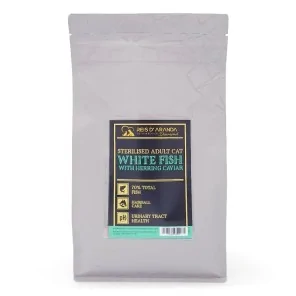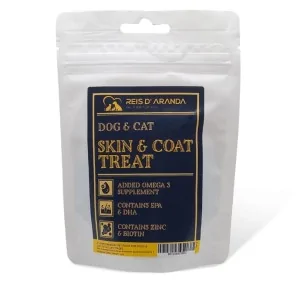The Tornjak originated from genetically homogeneous, almost extinct, indigenous shepherd dogs. These dogs have...
THE CHINCHILLA CAT
INTRODUCTION
The Chinchilla is actually a specific type of Persian. The breed comes in a single colour: a pure white coat with only the tips having a black tinge, which creates a slight silvery sheen.
THE ORIGIN OF THE CHINCHILLA CAT
This breed has its roots in the crossing of two iconic breeds: the Persian and the Siamese. Its origins date back to the early 20th century, when breeders began experimenting with different combinations of breeds to produce a cat with a ‘luxurious’ coat and a distinctive chinchilla colour.
Others suggest that its origins date back to the 16th century when long-haired cats already existed. There are even paintings of this feline from the Renaissance period.
The 1920s marked a turning point in the history of this cat. Breeders in England began to cross Persians and Siamese, with the aim of having a breed that reflected the beauty of the Persian and the colouring of the Siamese. The result was cats with silver coats, similar to the coveted chinchillas of South America.
Formal recognition of the Chinchilla as a breed or variety varies from organisation to organisation. Some cat associations classify them under the broad umbrella of Persians, while others recognise the Chinchilla as a specific variety within the breed.
WHAT IS THE CHINCHILLA CAT LIKE?
The Chinchilla cat breed are medium to large sized cats. Males usually weigh between 4 and 6 kilograms, while females are generally lighter, weighing between 3 and 5 kilograms.
They have a robust, well-proportioned body, characteristic of Persians, with short legs and a solid bone structure. Despite their regal and luxurious appearance, they are strongly muscled, giving them a sense of power and elegance.
The head is large and round, with a broad skull and prominent forehead. The nose is short and broad, typical of Persians, with a clear depression at the base.
As for the ears, they are small and rounded at the tips, and set low and far back on the head to accentuate their round shape. The eyes are large, round and bright, usually of a deep emerald green colour, surrounded by black eyeliner which further emphasises their expression.
The coat is one of the most notable characteristics of the Chinchilla. It is long, dense and fine in texture, noted for its softness and lustre. The coat colour is predominantly silver or gold, with each individual hair shaded black at the tip (tipping), giving it a unique shiny and shimmering appearance.
This shading effect is more pronounced on the back and sides, while the face, neck and chest tend to be lighter.
And finally, the tail is proportional to the body, covered with a long, abundant coat that is elegantly spread.
THE HEALTH OF THE CHINCHILLA CAT
While Chinchillas are generally healthy, there are some conditions to be aware of. Because of their distinctive appearance, Chinchillas may be predisposed to eye problems such as excessive tearing and corneal ulcerations.
Chinchillas require specific care to keep their coat and health in top condition. As their coat is long and prone to tangles, regular brushing is essential to avoid knots and keep it shiny.
THE PERSONALITY OF THE CHINCHILLA CAT
The Chinchilla cat's temperament is one of the characteristics that make it truly special and beloved among feline lovers. This breed, known for its beautiful silver coat and bright blue eyes, has a personality that perfectly combines elegance and affectionate closeness, because they are affable and friendly cats by nature. They have an affectionate attitude and enjoy spending time close to their owners.
They love to be petted and caressed, and will often seek out their human's lap to cuddle and be pampered. This affectionate disposition makes them ideal companions for households seeking a close connection with their pets.
Although their elegance may suggest otherwise, Chinchillas also have a playful and active side.
CONCLUSION
This is a cuddly and affectionate cat, but only on its own initiative. He likes to be given affection, but only when he seeks it himself. Otherwise, he is generally not very happy to be held in his arms all the time.
Leave a comment
Log in to post comments
















